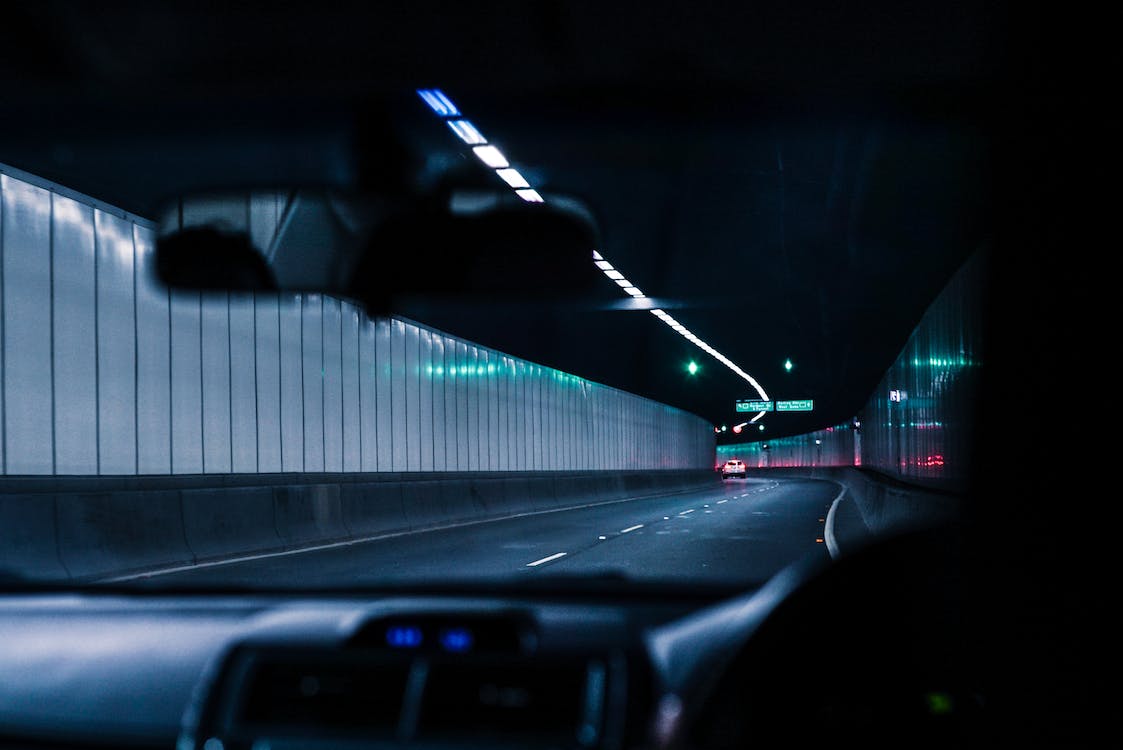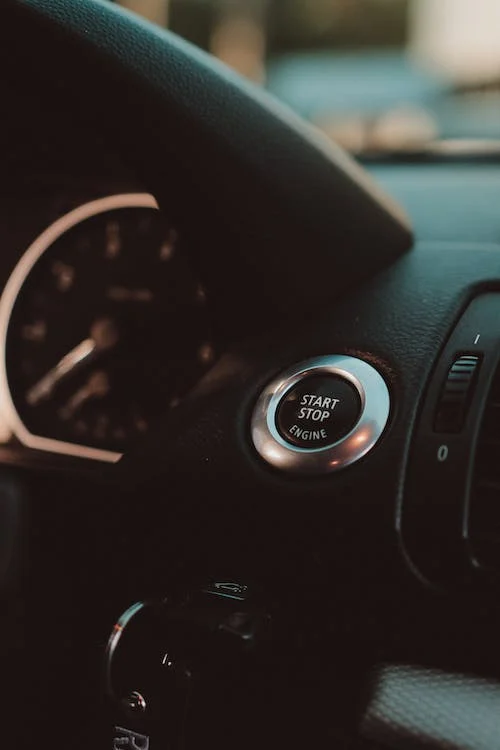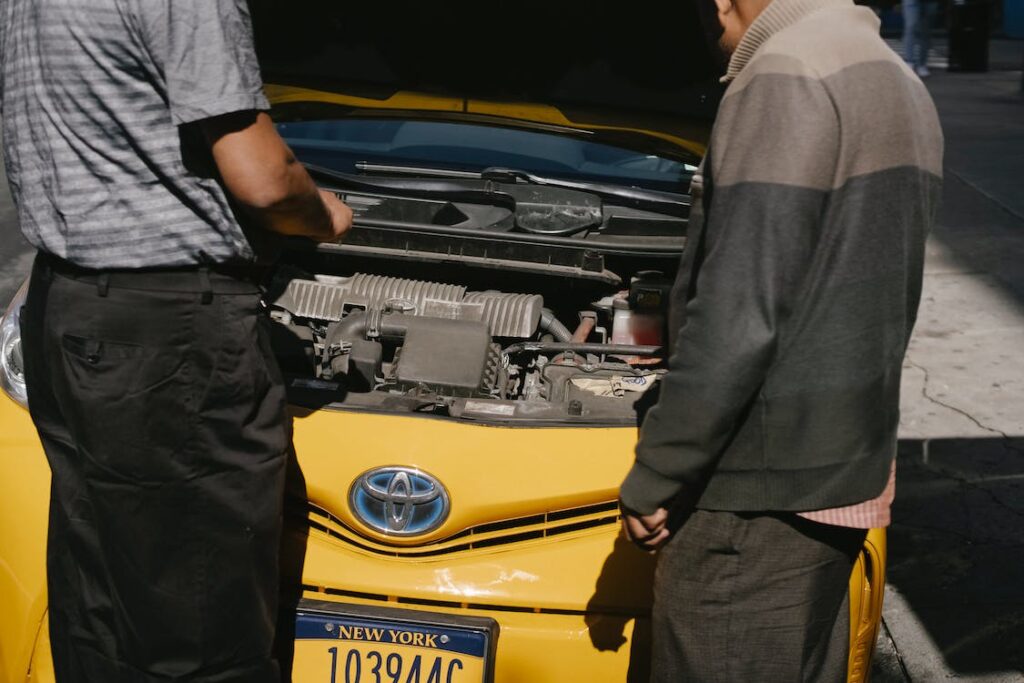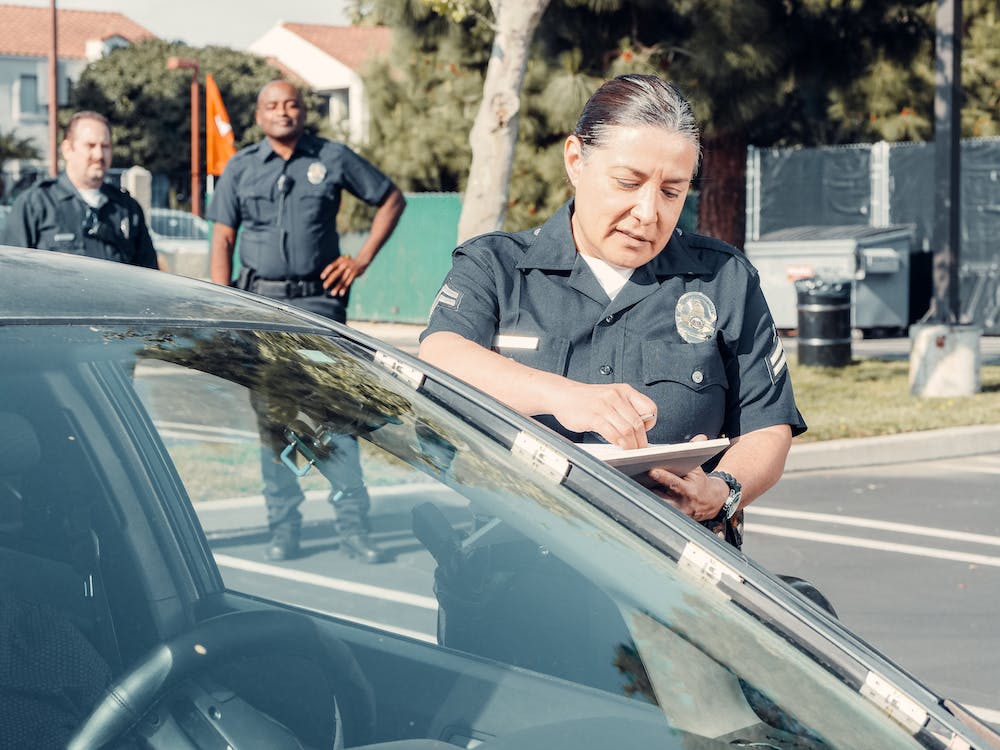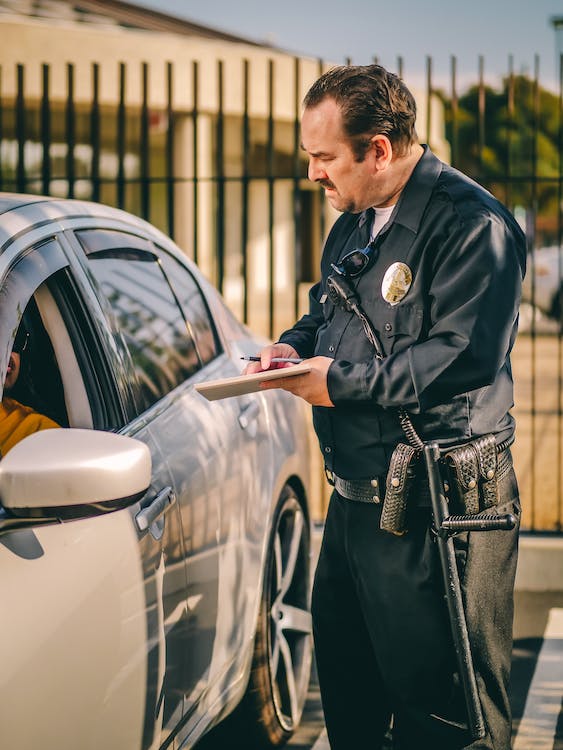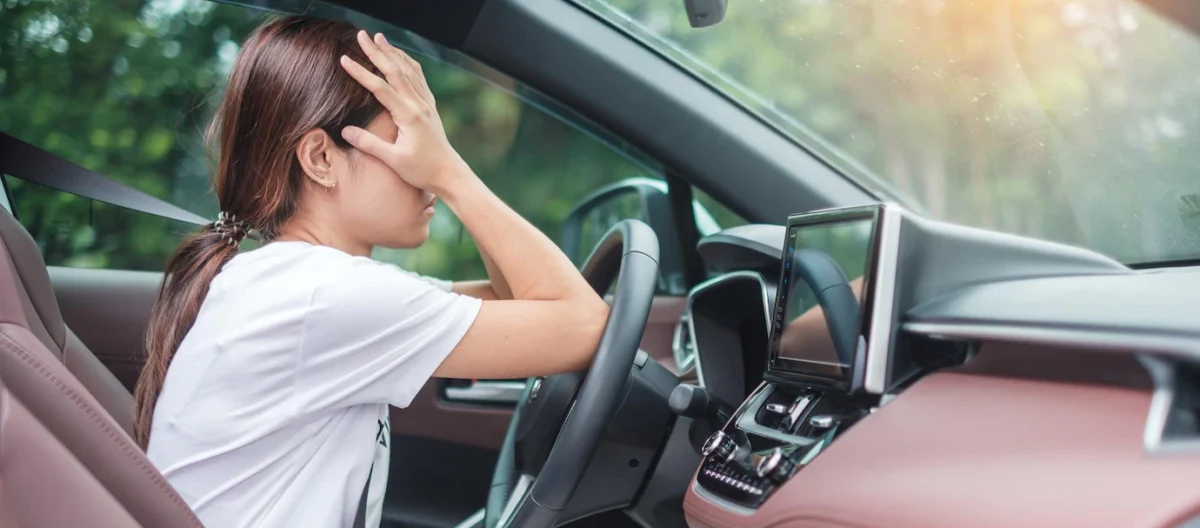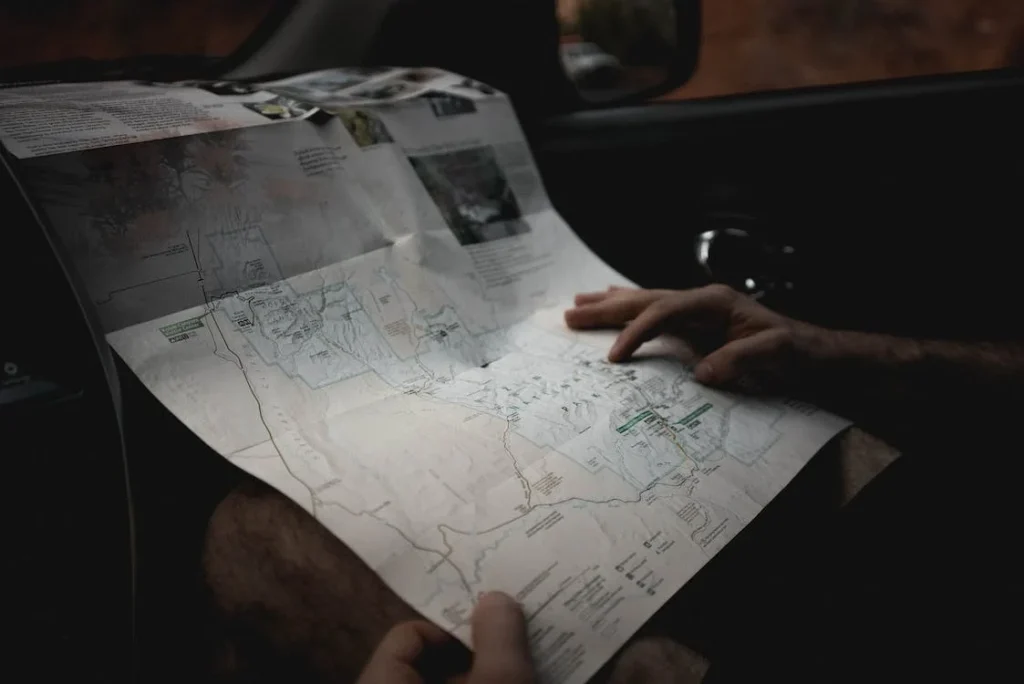For many of us, the fear of driving in tunnels can be a very real and debilitating issue. It can be caused by a number of factors, from the fear of the unknown to feeling claustrophobic and trapped. It can even be caused by previous negative experiences in tunnels. Whatever the cause, the fear of driving in tunnels can be a major restriction to enjoying the freedom of the open road.
The first step in overcoming any fear of driving in tunnels is to understand why you are afraid.
Fear of the Unknown
Many people have a fear of the unknown, which can be particularly acute when driving in unfamiliar territory. The most common way it usually shows in drivers is as a fear of driving to unknown places, but driving through tunnels can trigger this as well. Many people experience the darkness, confined space, and feeling of being trapped as a trigger for feelings of anxiety.
Fear of Feeling Trapped
Another way people experience the fear of driving in tunnels is through feelings of claustrophobia or feeling trapped. This is a feeling which can be amplified by the confined space of a tunnel or the darkness that comes from a long tunnel.
While the fear of the unknown when driving through tunnels is a common experience, there are ways to mitigate it, and it’s important to remember that tunnels are designed for safety.
Previous Traumatic Experience
Still others may have had a negative experience in a tunnel in the past, such as a car accident or being stuck in traffic. For those who have had negative experiences in the past, such as being stuck in a traffic jam or experiencing car trouble, this fear can be intensified.
Overcoming Your Fear of Driving in Tunnels
Safety is a top priority when it comes to tunnels, and many measures are in place to ensure the safety of drivers. Tunnels are designed to withstand various types of natural disasters and accidents and are built with safety features such as fire-resistant materials, emergency lighting, ventilation systems, and communication systems. Additionally, regular inspections and maintenance are carried out to ensure that the tunnels are in good condition and that any potential hazards are identified and addressed.

Accidents in tunnels are relatively rare, but they can happen. The most common types of accidents in tunnels include collisions, fires, and incidents involving hazardous materials. However, it’s worth noting that the majority of accidents in tunnels happen due to human error such as speeding, reckless driving, and distracted driving.
To minimize the risk of accidents in tunnels, it’s important to obey posted speed limits and traffic signs, avoid distractions while driving, and maintain a safe distance from other vehicles. Additionally, if you experience car trouble or a breakdown in a tunnel, it’s essential to remain calm and follow the instructions of the tunnel operators and emergency personnel.
Once you understand why you are afraid of driving through tunnels, the next step is to take action to reduce your fear. The first thing to do is to take some deep, calming breaths and remind yourself that you are safe. It can also help to focus on the present moment and the task at hand, rather than what might happen in the future. Taking a few moments to relax and get centered can help to reduce your fear.
To reduce your fear of driving in tunnels, it is important to become more familiar with them. Take some time to watch videos of tunnels online, or even drive through some tunnels in the daytime. This will help to reduce your fear of the unknown.
If your fear of driving in tunnels is still causing you distress, you may want to seek professional help. A therapist can help you to address the underlying causes of your fear, as well as provide techniques and strategies to help you manage your fear.
The fear of driving in tunnels is common and one that can be managed with the right strategies and support. You are not alone, but with a bit of effort, you can learn to manage your fear and regain control to enjoy the freedom of the open road.
